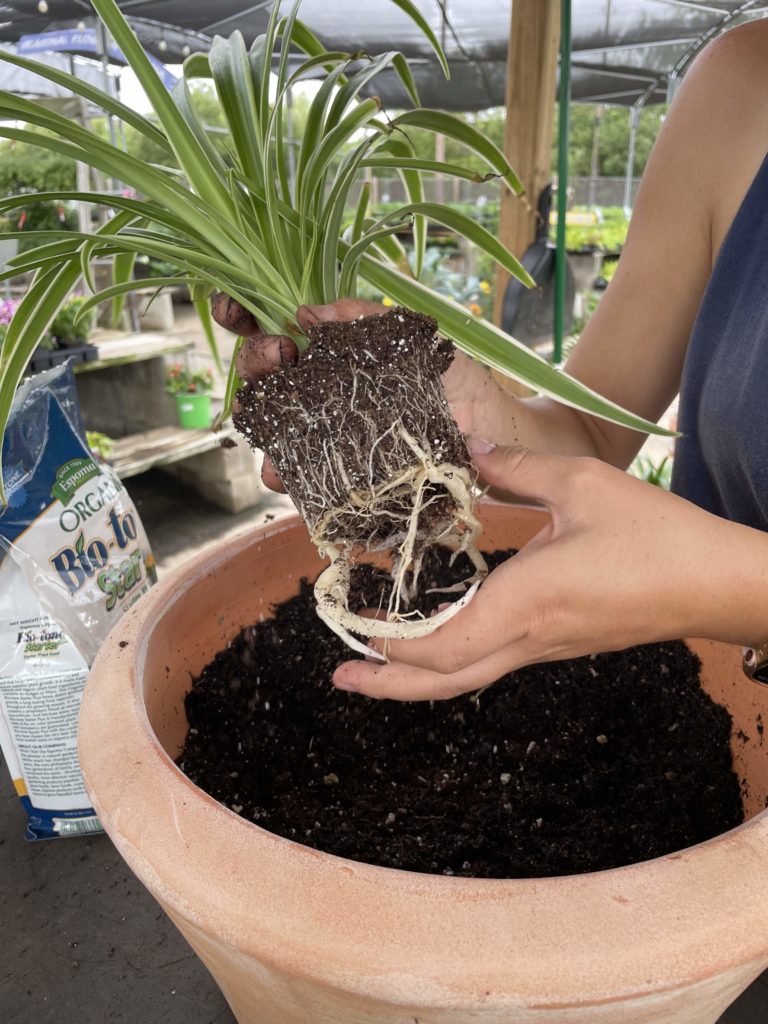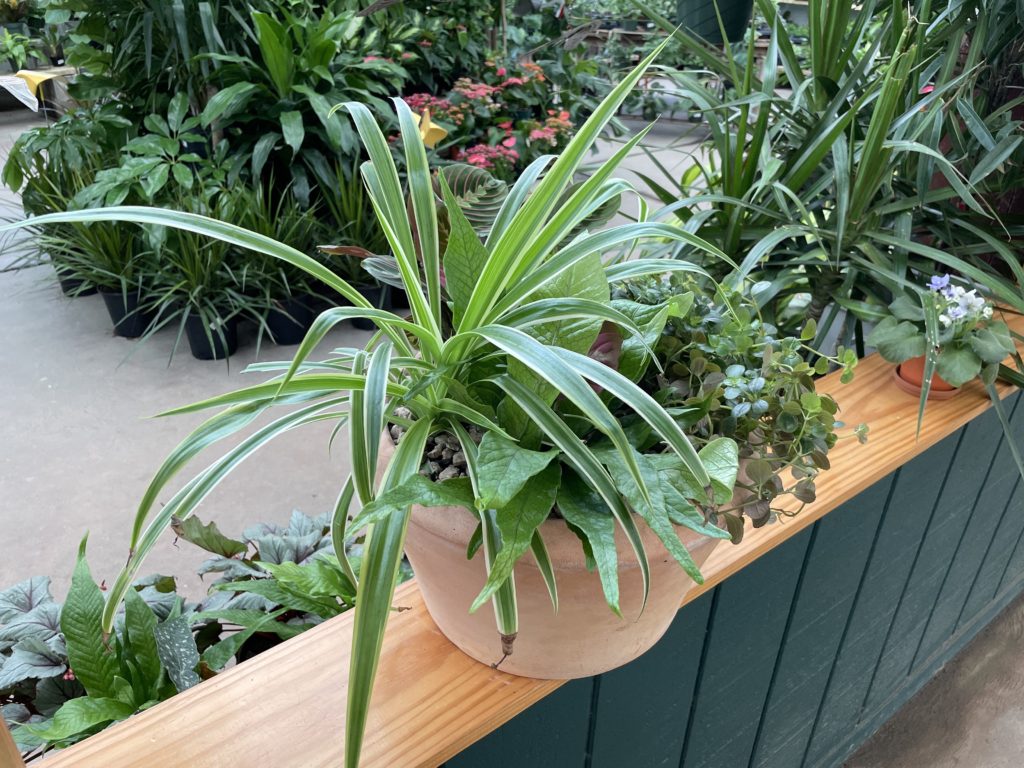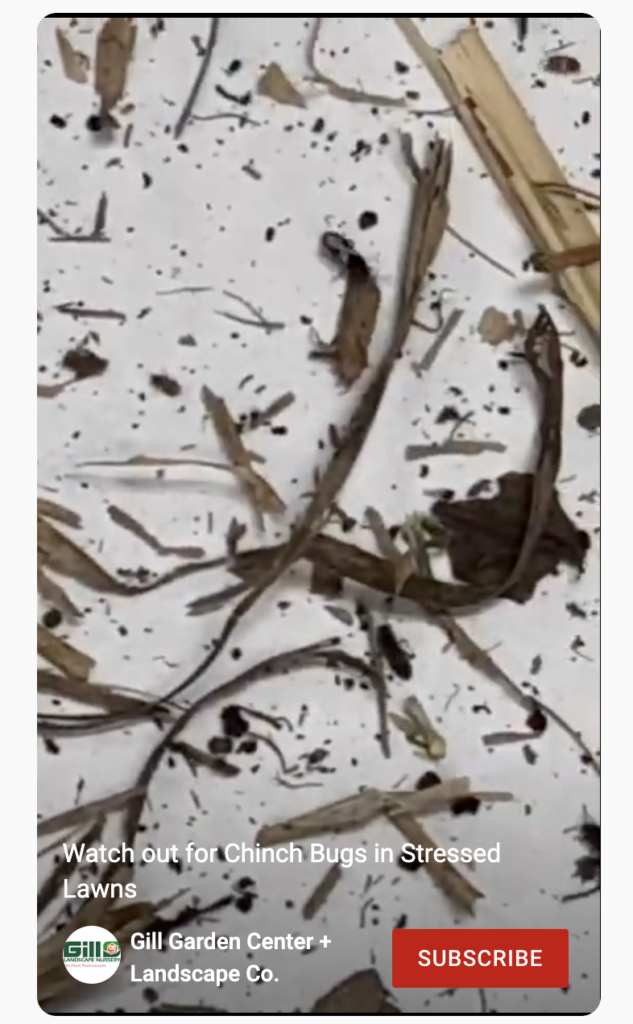James is retired these days, but he loves talking plants! We’re excited to have him back for a garden talk this Saturday, May 6th to discuss ideas for using tough Texas native plants in your landscape. James has a passion for natives and recently received his Texas Master Naturalist certification, plus he’s been designing with native plants for many years. He can tell you the importance of planting natives, and also where and how to use them and what to expect. Bring your questions! Our talks are always free, fun, and open to everyone. And one attendee will win a $100 Gill’s gift card! Watch James’ video invite below. See you Saturday!
Video
Join us this Saturday, February 10th at 10am for Low Water Landscape Design with Harry Villarreal. If you know Harry, Landscape Designer here at Gill’s, you know he loves pokey plants! Yuccas, different Agaves, Mangave, and cacti can all serve as features and focal points in the landscape, but they’re far from the only plants that can help save water. Harry will cover lots of ideas for using drought tolerant blooming perennials, Texas natives, water-saving colorful tropical plants, reducing lawn space, and lots more. Conserve water and achieve your design goals! Click below to watch Harry’s video preview. See you Saturday!
We can’t wait to see everyone! Stay tuned here and follow us on Facebook and Instagram where we’ll continue to post updates about talks and events. We have lots more to come throughout the year!
The Gill’s Garden Talk series continues this Saturday, 2/18/23 at 10am! Join us for Organic Veggie Gardening: Promoting Life with Wyatt Page, Gill’s Assistant Manager and passionate veggie gardener! Wyatt has an impressive garden at home and spends his days talking veggies here at Gill’s. He’ll share all kinds of tips for better food production, safe pest prevention, veggie garden design, and more. Bring your veggie questions. One attendee will win a $100 Gill’s gift card, and we’ll do some other giveaways too! Watch Wyatt’s video invitation and tomato tips below – see you Saturday!
The Gill’s Garden Talk series continues this Saturday, 2/11/23 at 10am! Join us for Re-Thinking Your Landscape: Smart Choices for South Texas with Kathy Hubner, professional Landscape Designer here at Gill’s. Kathy has a reputation for landscapes that endure and she’ll share her ideas for plants that can withstand freezes and South Texas summers. This is a great opportunity to ask questions and get inspiration for your landscape. One attendee will win a $100 Gill’s gift card, and we’ll do some other giveaways too! Watch Kathy’s video invitation below – see you Saturday! p.s. – we’ll have heaters on the patio and if it’s too chilly, we’ll move inside.
The Mesquite trees say Spring is coming! Join us here at Gill’s this Saturday, 1/28/23 at 10am for James Gill’s ‘Get Ready for Spring’ garden talk. James will go over proper pruning techniques, what to plant, how to fertilize, and lots more. Bring your gardening questions! Our talks are always free, fun, and open to everyone. And one attendee will win a $100 Gill’s gift card! Watch James’ video invite below. See you Saturday!

Spring in South Texas starts around February 15th – only 33 days away! We may or may not have another cold snap ahead of us, but it’s time to start planning our Spring projects and starting veggie seeds. The first day for planting Spring seeds is January 15th give or take a few days – aka RIGHT NOW! We are expanding our selection of seeds to include lots of open-pollinated and heirloom varieties like rainbow beets from Sow True Seed and Bosque blue tomatoes from Baker Creek, plus tried and true staples from Botanical Interests.
Simple Method for Starting Seeds
Starting veggie seeds indoors is great because you can keep the tiny seedlings protected until they’re ready to move outside. I’ve tried a few different methods for starting seeds but have been most successful using a damp paper towel, then folding the seed inside the towel and placing it in a sealable bag or dish. This will create a “mini greenhouse” effect and will help the seed germinate. I leave them in the bag for no longer than 24 hours, then plant them in light and fluffy seed/cutting soil in a seed starting tray or peat pot. When planting new seed be sure the soil is damp at the time of planting and always water with a light sprinkle. This will prevent your seeds from floating/washing out of the soil. I make the hole about a fingernail’s depth, gently place the seeds in the hole, and cover lightly with the damp soil. Check out my video demo of this process – quick and easy!
After the seeds sprout, you can slowly acclimate them to outdoor sunlight by moving them to a covered patio or other protected area. Be sure to keep them damp so the tiny roots don’t dry out. Then, a good rule of thumb is that once the seedlings have made their first true set of leaves, they are ready to be transplanted into a larger container or directly into the garden bed out in the sun.
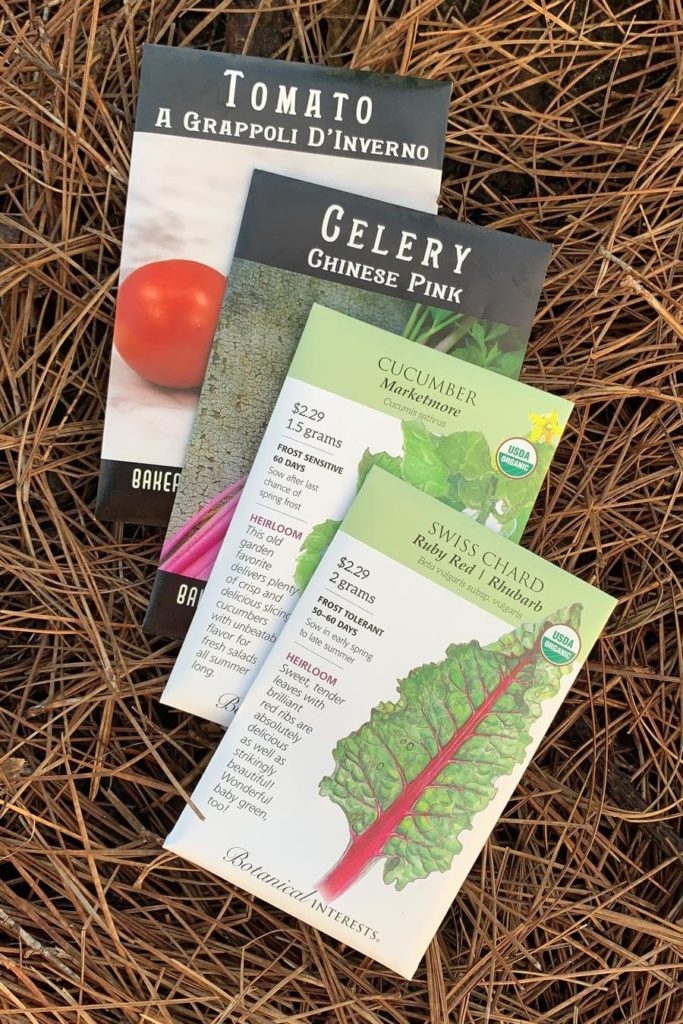
Seeds to Start in January
- Tomatoes!
- Cold Crops and Greens: broccoli, cauliflower, kale, swiss chard, lettuce, spinach, and mustard greens
- Root Crops: onions, carrots, beets, and potatoes
- Herbs: parsley
Check out our full Spring planting guide here.
FYI: If you want to skip seeds and start transplants outside now, you totally can! We’ve got broccoli, cauliflower, celery, spinach, onions, potatoes, and lots of herbs that are ready to go. We even brought in a few early tomatoes this week 🙂

-Wyatt
If you know you are watering well, but still see edges of lawn near the sidewalk and driveway that look dry and wilted, you might have chinch bugs. Here’s a quick video on how to identify.
Once you determine that chinch bugs are present, you can treat with hose-end Cyonara or Diatomaceaus Earth for an organic control.
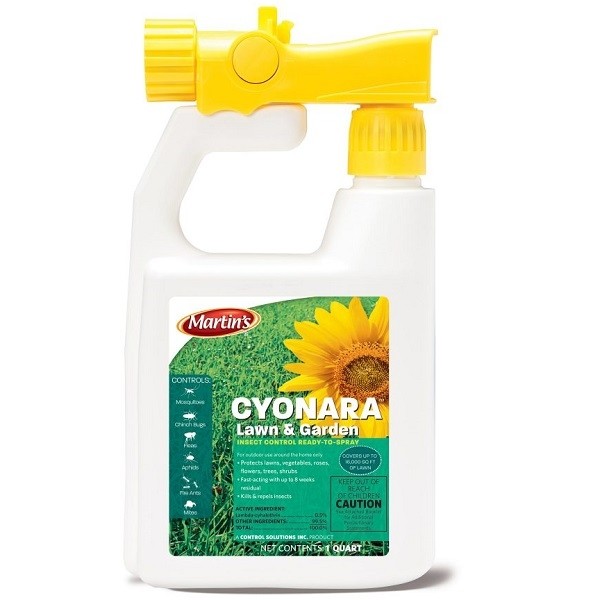
Keep in mind: Chinch bugs are more likely to attack a dry stressed lawn before a healthy, well-hydrated lawn. Give lawns a deep drink (a good 1” of water) once a week, in the morning. Deep drinks encourage roots to grow deeper, which makes lawns more resilient to dry conditions and to pests.
B.Y.O.C. (Bring Your Own Container) Party
Do you have an empty pot begging to be planted? Or an interesting container you’d like to repurpose as a planter?? Bring it to Gill’s this Saturday for our B.Y.O.C. party! Bring your container, choose your plants, and plant it up! Use our potting shed and potting stations – we’ll provide the potting soil + potting tips, and we’ll clean up the mess. Here are a few ideas and things to consider.
Think Drainage!
All container gardens need drainage holes. This is a must. Either find something that already has holes, like this partially rusted-out iron kettle, or find something that you can easily cut or drill some holes in, like an old cooler!
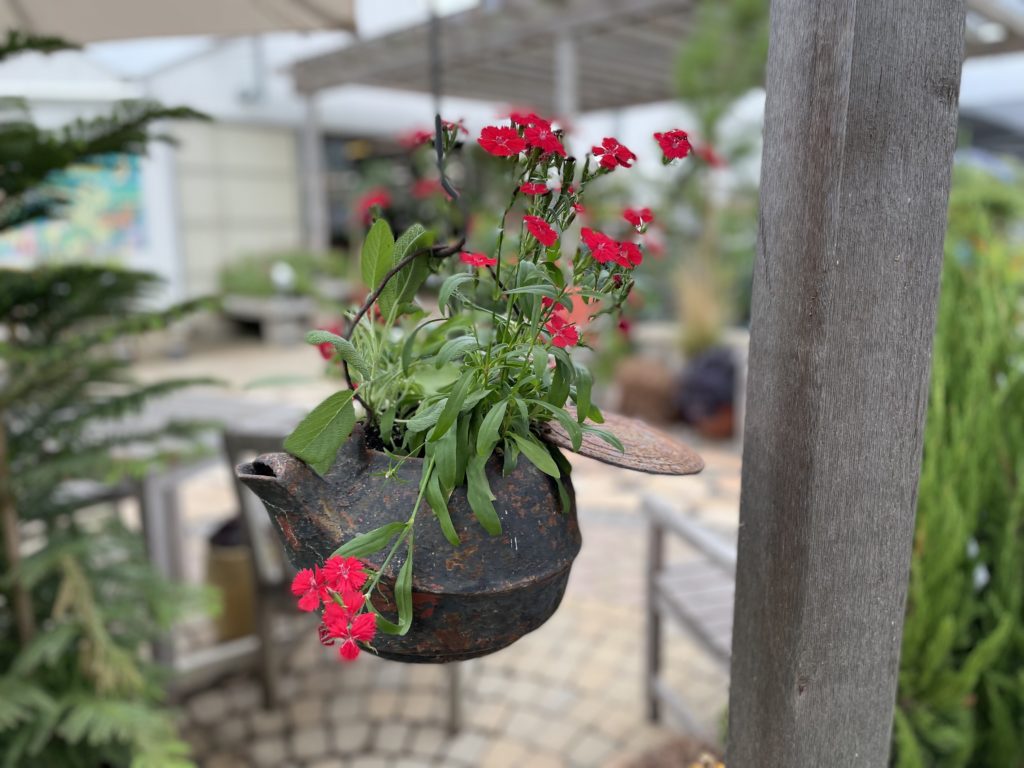
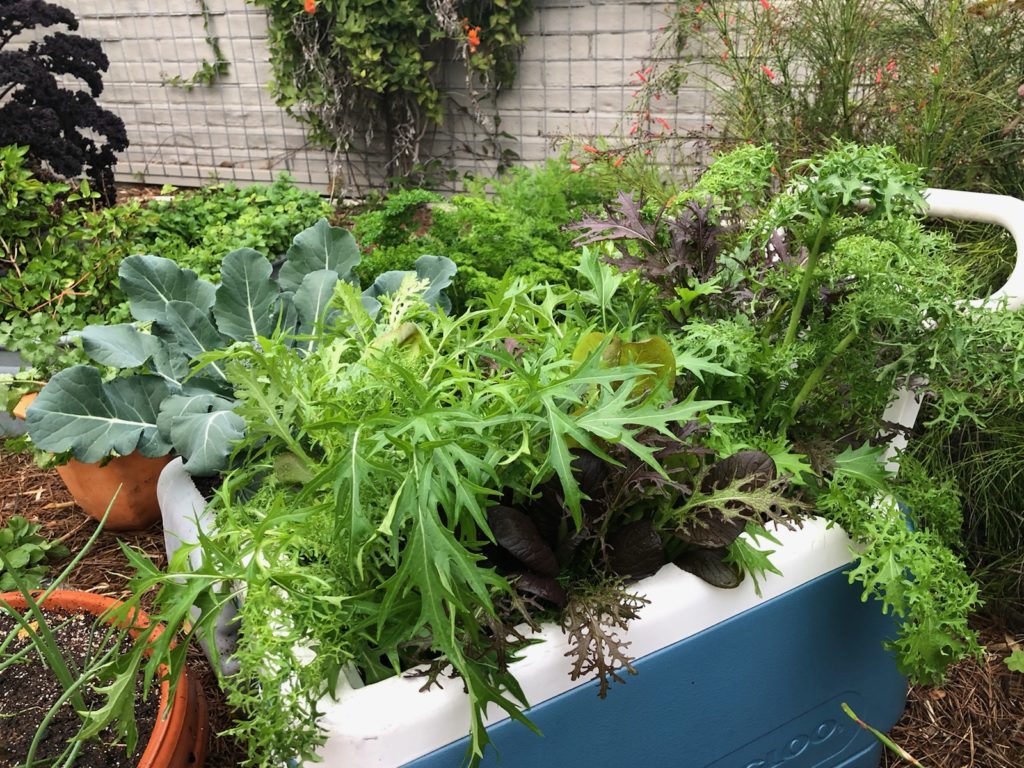
Similar Watering Needs = Compatible Combinations
Combine plants in your container gardens that have similar watering needs. For example, you wouldn’t want to pair a cactus with a tropical houseplant in the same container. But you could do a desert bowl with different cacti + succulents or a jungle container with different houseplants. We also love combining flowers with veggies and herbs – similar watering needs and they look great together.
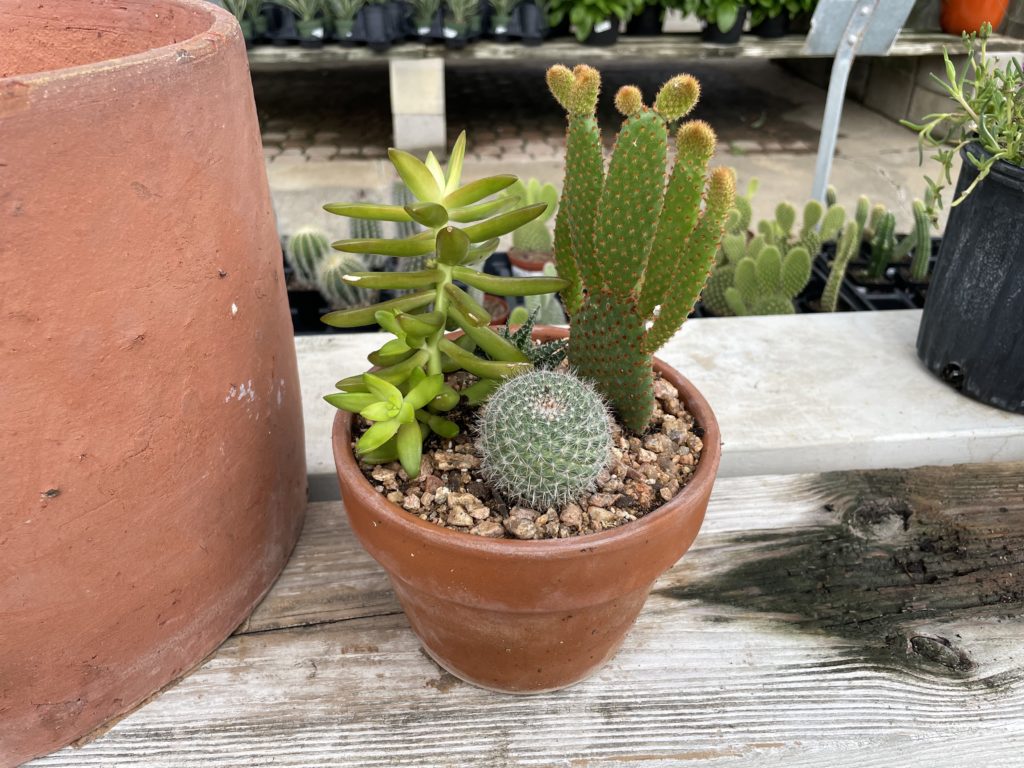
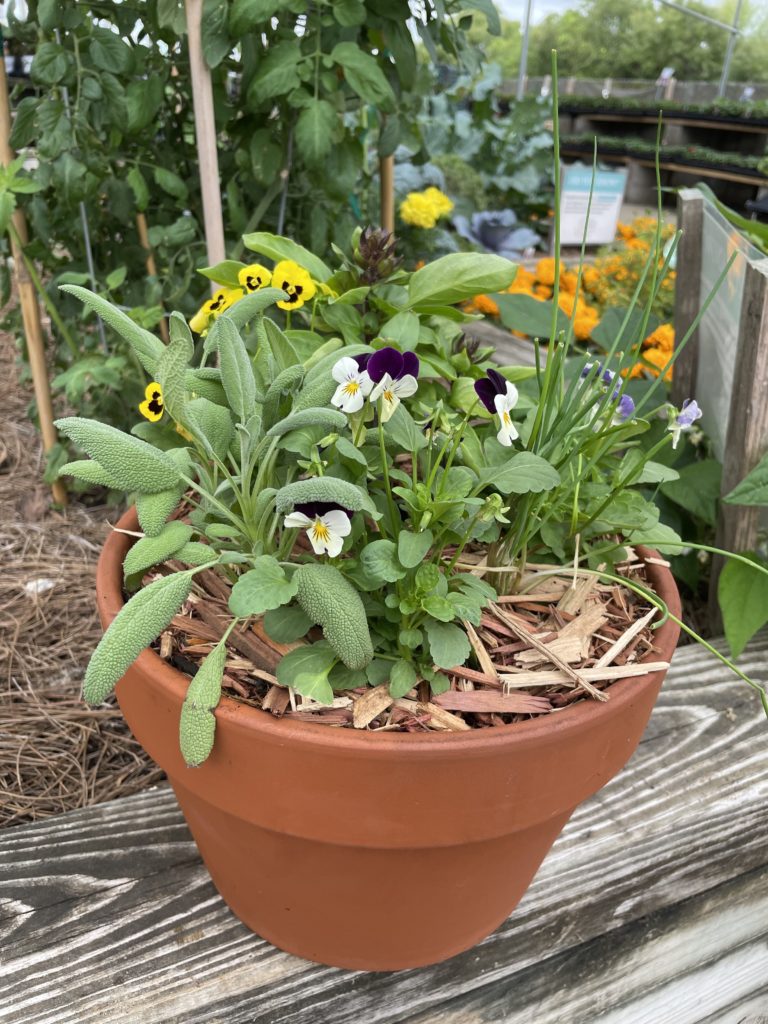
Think Contrasting Sizes + Textures + Colors
This is where you can really make things pop. Find something low-growing that spills and hangs to pair with plants that stand taller as a backdrop. Color, size, and texture combinations are endless.
